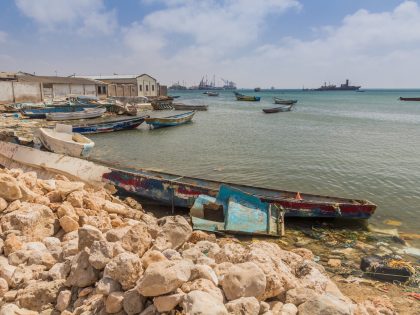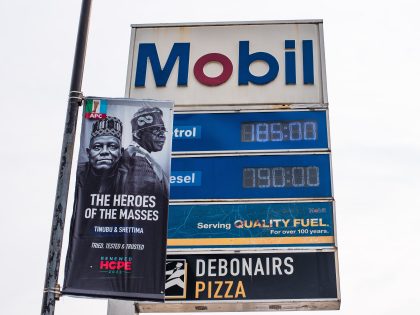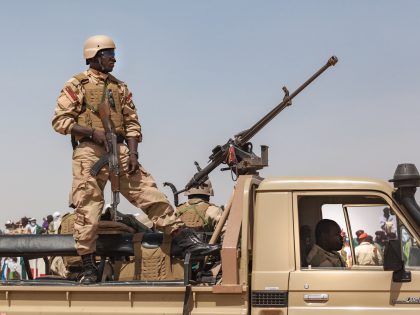Pop Culture and Pirate Humanity
Barely any group has been as de-humanized as much in recent history as Somali pirates, treated almost like vermin to be rooted out.

Image: US Navy.
The tragic robber-hero. The mystical gunslinger. The cerebral crime-lord, drawn into events beyond his control. One of the most straightforwardly literal ways in which popular culture is able to challenge official ideology is in creating complexity and human drama around criminals that the state would rather have seen as villains whose only wish is evil. From Dick Turpin to drug-dealer hip-hop, from Waltzing Matilda to dacoity films, from Stagolee to The Last Tycoon, there’s a definite sense of resisting the most simple explanations, inherent in the depiction of criminals as human beings capable of having complex motivations, heroism, mistakes, weakness and resolve. (Even in their most archetypal guises.) All of which definitely makes this hip-hop video from Somalia’s Waayaha Cusub all the more interesting.
Barely any group has been as de-humanized as much in recent history as the pirates in the Gulf of Aden. The news in blanket fashion depict them as a dark force of nature, without voices or obvious motivations. In this massive, 18,000-word Wikipedia article, Somali pirates are treated almost like vermin to be rooted out; nowhere in this exhaustive text cares to mention even with a casual glance what could possibly drive them, nor solutions other than shooting, warfare and (possibly private, mercenary) invasion. (It is difficult not to compare to the power-play propaganda from yesteryear; intensely false images, like those propagated by the British in the 50s of Mau Mau as barbarian ghosts descending invisibly in the night to slit colonialists’ throats.)
This song and its video, on the other hand, is far from the stereotype. Instead, here is a lyric that’s an appeal: youth, do not become pirates, you’re worsening our prospects for peace and development! One fictional young pirate’s tale forms a centerpiece and a warning: his story of being shot at, almost drowning and slowly reaching shore is a pirate’s possible grim fate. And at the same time it’s got the pirates as gangsta-style hard men, and drapes itself in pirate iconography, and you get a sense of the intense appeal the lifestyle presents. The container ships that are the focus of all Eurocentric media depictions form just an ominous, hazy background, a reminder of world inequalities. And it has everything those de-humanizing stories miss: a feel of the complexity, of the humanity, of the implied questions that should rightfully surround our understanding.
- Thank you to Amal Shair for translation help on this post.



















